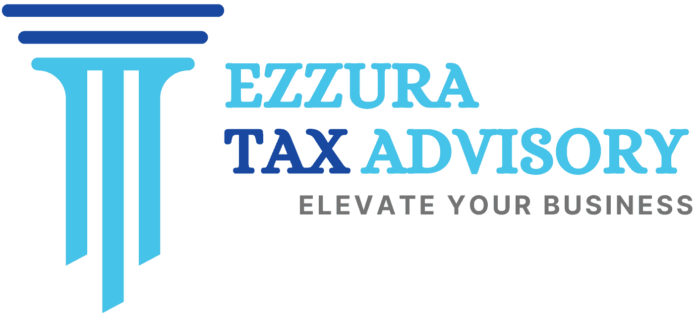SMSF Audit Specialist | SMSF Residency | Fremantle Perth
Navigating SMSF Residency
The globalised workforce has led many individuals to work overseas, causing challenges in maintaining the SMSF’s residency requirements. When members of self-managed super funds (SMSFs) relocate overseas for work or other purposes, meeting the SMSF’s residency requirements becomes a concern. Many SMSFs face the risk of non-compliance with residency tests when the members live and work overseas. Primarily, this arises from difficulties in satisfying the central management and control, and active member tests.
Often, SMSF members are unable to ascertain a definitive return date to Australia, exacerbating the challenges of meeting residency criteria. For example, the SMSF can potentially fail the central management and control test if the planned overseas absence is extended beyond two years. Furthermore, most of the SMSFs experience difficulties with the active assets test, particularly in a fund where most of active members are non-resident.
In this article, we delve into the core concerns surrounding SMSF residency, aiming to provide clarity on the rules governing SMSF operations when members relocate overseas. We explore the tax implications, potential risks, and common strategies employed to mitigate these challenges.
The Key to SMSF residency is satisfying the conditions outlined under s 295.95(2) of the ITAA 97, which are as follows:
- The SMSF was established in Australia, or any asset of the SMSF is situated in Australia.
- The central management and control of the SMSF is ordinarily in Australia.
- The SMSF has no active members, or at least 50% of:
- The total market value of the fund’s assets attributable to superannuation interests held by active members or
- The sum of the amounts that would be payable to or in respect of active members if they voluntarily ceased to be members is attributable to superannuation interests held by active members who are Australian residents.
We will delve into each of these tests in the next section.
SMSF was established in Australia or the SMSF’s assets located in Australia
Based on the ATO’s view in TR 2008/9, an SMSF is established in Australia if the initial contribution by the SMSF’s member to set up the fund is paid to and accepted by the SMSF’s trustee in Australia. The SMSF’s deed is not required to be signed and executed in Australia.
The central management and control of the SMSF is ordinarily in Australia
The central management and control of the SMSF is ordinarily in Australia if the strategic and high-level decision-making processes and activities of the SMSF are made in Australia.
Strategic decision-making processes and activities of an SMSF encompass:
- Formulating the investment strategy of the SMSF
- Reviewing and updating or varying the SMSF’s investment strategy, including monitoring and reviewing the investment performance in the SMSF
- Formulating a strategy for the prudential management of the SMSF’s reserves
- Making decisions on how the SMSF’s assets are to be utilised to fund member benefits.
There is a special rule under s 295.95(4) of the ITAA 97 that provides a safe harbour. This rule deems the central management and control of an SMSF to be ordinarily in Australia, even if it is temporarily located outside Australia for a period of not more than 2 years. This test examines the intentions of the SMSF trustee before leaving Australia.
If the trustee extends their absence from Australia beyond 2 years, it does not necessarily mean the SMSF will automatically fail this test. The determination of whether the central management and control is ordinarily in Australia depends on each individual case.
Australian active members
The SMSF can satisfy the Australian active members test in one of the following ways:
- having no active member
- ensuring that at least half of the total market value of the fund’s assets is attributable to the active members who are Australian residents
- ensuring the sum of amounts payable to or in respect of active members if they voluntarily cease to be members, constitutes at least half of the total market value of assets attributable to interest held by active members who are Australian residents.
It is sensible for members who are overseas to cease contributing to their SMSF, except their balance is surely lower than the combined balances of active members who are residing in Australia. As the risk of non-compliance is costly, and monitoring and maintaining the minimum balance can be easily overlooked, it is prudent to cease contributing to the SMSF when members have left Australia.
Consider Joe, the sole member of his SMSF, who has departed Australia indefinitely. Despite his relocation, he continues to make super contributions to his SMSF while he is overseas.
Unfortunately, his SMSF fails the active member test because Joe, who is the only member, remains an active member while he is overseas. Consequently, the SMSF no longer qualifies as an Australian super fund. As a result, his SMSF becomes a non-complying super fund, making it ineligible for income tax concessions.
Complying fund status for SMSF
It is sufficient to satisfy the residency tests at any particular time during the income year, even if only on a single day during an income year. However, for a self-managed super fund to access tax concessions, it must maintain compliant status throughout the income year. The compliant status requires:
- The SMSF being a resident regulated super fund at all times during the income year, or
- No contravention acts by the trustee of the SMSF during the income year
- Even though there is a contravention, the SMSF is still considered compliant for the income year
As a compliant fund, an SMSF must adhere to the Superannuation Industry (Supervision) Act and SIS Regulations. The SIS Acts and SIS Regulations govern contributions, benefits, and the use of the SMSF’s assets for retirement purposes.
Failure to comply results in the SMSF being denied tax concessions. This means a fund that always satisfies the residency tests at a time in the income year but not throughout the year will be subject to the penalty tax rates for being non-compliant.
SMSF failing the residency requirement of an Australian super fund
When an SMSF fails to meet the residency requirements, s 295-320 of the ITAA 1997 requires that ordinary income and statutory income from previous years be included in the calculation of the assessable income for the current year. This income is then taxed at normal marginal tax rates. The calculation is based on the formula in s 295-325.
Furthermore, the SMSF auditor is obligated to provide a modified opinion in Part A of the audit report concerning the financial audit of the fund. The modification of the audit opinion is necessary due to the material impact on tax expense and income tax payable resulting from the inclusion of the market value of all fund assets, less non-concessional contributions, as taxable income at the marginal tax rate.
Enduring powers of attorney
A legal personal representative with an enduring power of attorney can act as trustee for a member. Through the enduring power of attorney, an SMSF member delegates their decision-making. Consequently, all communication must be directed towards the attorney. While a non-resident member retains the right to request information about their SMSF, they are restricted from issuing operation instructions to maintain the central management and control in Australia.
Managing the Risk of Non-Compliance with SMSF Residency Rules

Member should cease contributing to their SMSF while residing outside Australia. Failure to do so may result in failure to meet the Active members test, thereby jeopardising the SMSF’s compliance with residency requirements.
Member can consider converting their SMSF to a small APRA fund and appointing a professional trustee. The current trustee would need to resign and a new trustee who holds a Registrable Superannuation Entity (RSE) licence is appointed. When the SMSF’s member returns to Australia, the trustee with the RSE licence can step down, allowing the SMSF member to be a trustee again. The fund will be converted back from a small APRA Fund to an SMSF.
Alternatively, the SMSF can be wound up and all the member’s balance in the SMSF can be rolled over into a Retail Fund.
Member can also appoint a legal representative with an enduring power of attorney to act as trustee for a member in their period of absence.
In conclusion, managing the residency requirements of SMSFs is crucial to maintain compliance and avoid penalties. By understanding the rules and implementing appropriate strategies, SMSF members can navigate residency challenges effectively. Consequently, minimising the unintended consequences of failing to meet residency requirements.
This article provides general factual information and is not intended to provide financial product advice. It does not consider individual circumstances, objectives, or needs and should not be construed as professional advice. Any resemblance between the examples provided and personal circumstances is coincidental. Individuals who act upon this information without seeking tailored advice do so at their own risk.





